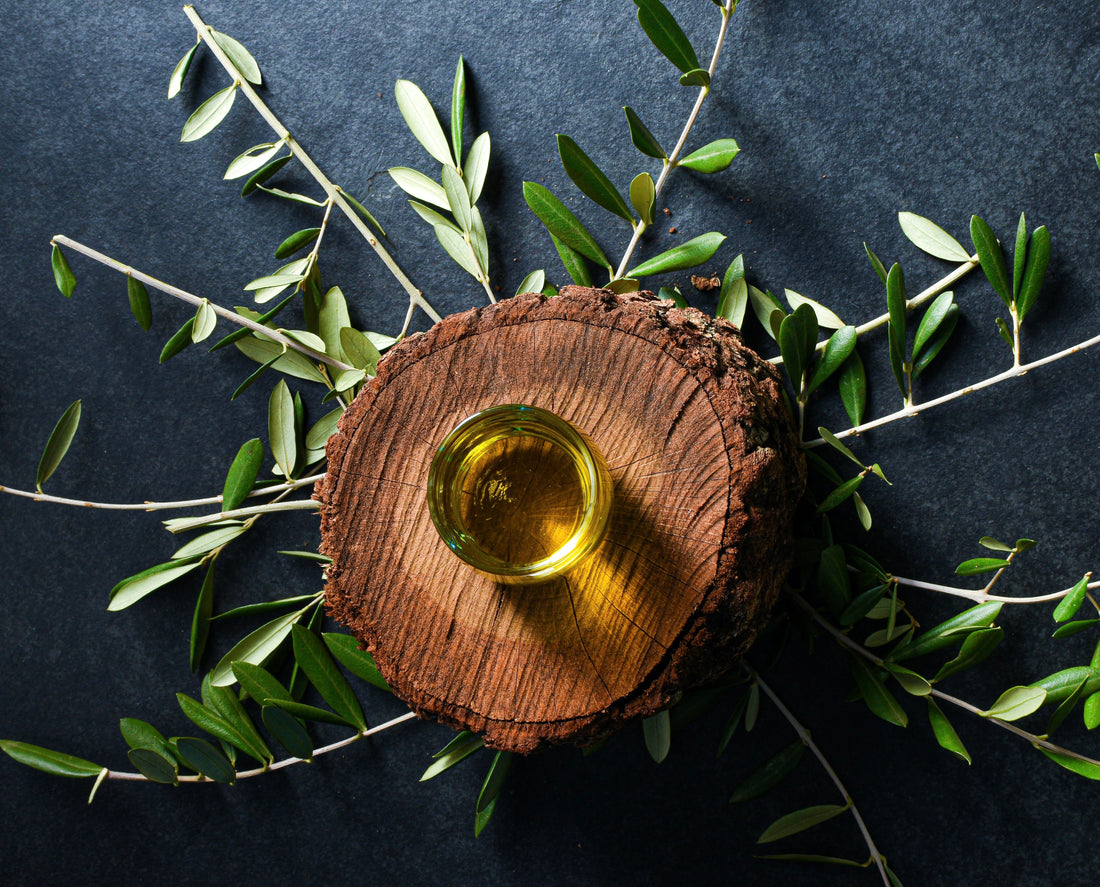Beyond the golden hue and captivating aroma of extra virgin olive oil lies a world of meticulous analysis and quality assessment. Chemical analysis serves as the bedrock of understanding the true essence of extra virgin olive oil, unraveling its intricacies and certifying its excellence. At the heart of this scrutiny lie key quality indicators, each bearing testimony to the oil's purity, freshness, and authenticity.
From the free fatty acid content to UV absorbance and peroxide value, these indicators collectively paint a vivid portrait of extra virgin olive oil's quality spectrum. Together, they serve as beacons guiding consumers towards informed choices and ensuring that every drop of olive oil meets the highest standards of excellence.
In this article, we will delve into each of these quality indicators, shedding light on their significance. By gaining a deeper understanding, consumers can navigate the vast landscape of olive oil offerings with more confidence, knowing that they are poised to select only the finest and most authentic products.
Free Fatty Acid Content
Acidity is a measure of the percentage of free fatty acids, primarily oleic acid. By definition extra virgin olive oil must have a free fatty acid content of below 0.8%. Higher levels of free fatty acids indicate poor quality or rancidity, while, lower acidity levels usually indicate careful handling, processing, and adherence to strict quality standards throughout production.
Olive oils with acidity levels below 0.4% are likely to have a more delicate flavour, higher nutritional content, and better oxidative stability compared to oils with higher acidity levels. Therefore, extra virgin olive oils with acidity levels below 0.4% are generally considered premium and are often sought after by consumers who prioritise quality and taste.
Peroxide Value
This is a measure of the primary oxidation level in the oil, indicating the amount of peroxides present. Peroxides are formed when fats or oils are exposed to oxygen, and their presence suggests that the oil has undergone oxidation, which can negatively impact flavour, aroma, and nutritional quality.
Fresh, high-quality extra virgin olive oil typically boasts a low peroxide value, indicating minimal oxidation and better stability. As per international standards, extra virgin olive oil should have a peroxide value of less than 20 meq O2/kg. However, oils with even lower peroxide values are often esteemed for their superior quality, as they maintain a fresher profile and are less prone to rancidity.
UV Absorbance
UV absorbance measurements offer valuable insights into the oxidative condition of olive oil. By assessing absorbance at specific wavelengths, represented by K232 and K270, these measurements provide a comprehensive assessment of both primary and secondary oxidation levels in the oil. Elevated UV absorbance values typically signal suboptimal quality or inadequate storage conditions, thereby serving as critical indicators of quality and freshness.
Moreover, the difference between the absorbance values at these two wavelengths, known as Delta K, further elucidates the oil's oxidative condition. A larger Delta K value suggests a greater degree of oxidation, while a smaller value indicates fresher, less oxidised oil.
Chemical Analyses of Phileos of Sparta

Polyphenol Content
Polyphenols are bioactive compounds found naturally in olive oil, derived from the fruit of the olive tree. These compounds play a crucial role in the sensory and health attributes of olive oil. Higher polyphenol content is often associated with high-quality, authentic olive oil.
1. Health Benefits
Polyphenols are renowned for their antioxidant and anti-inflammatory properties. If you're interested in the fascinating world of olive oil and its impact on health, be sure to check out 'Unlocking Longevity with Extra Virgin Olive Oil'.
2. Flavour and Aroma
Polyphenols contribute to the distinctive flavour and aroma of high-quality olive oil. They can impart bitterness, pungency, and a characteristic peppery sensation to the oil, which are highly prized sensory attributes in extra virgin olive oil.
3. Stability and Shelf Life
Polyphenols also play a crucial role in the oxidative stability of olive oil. Their antioxidant properties help prevent or delay the onset of oxidation, thereby preserving the oil's freshness, flavour, and nutritional quality. Olive oils with higher polyphenol content tend to have longer shelf lives and greater resistance to rancidity.
4. Variability
The concentration of polyphenols in olive oil can vary widely depending on several factors, including olive variety, ripeness at harvest, climate, soil conditions, and extraction methods. Generally, oils produced from early-harvested, unripe olives contain higher levels of polyphenols compared to oils from ripe olives.
5. Quality Indicator
While not the sole determinant of olive oil quality, polyphenol content is often used as a quality indicator. Higher polyphenol levels are typically associated with fresh, authentic extra virgin olive oil, as they reflect careful cultivation, timely harvesting, and proper processing techniques.
Origin and Traceability
While chemical analysis primarily focuses on assessing the chemical composition of extra virgin olive oil, certifications related to origin and traceability provide information about the oil's geographical origin and production process. These certifications typically involve rigorous standards and verification processes to ensure that the oil meets specific criteria associated with its geographical region.
Certifications related to origin and traceability, such as Protected Geographical Indication (PGI), or specific certifications like certified Organic, serve as quality indicators for consumers. These certifications not only guarantee the geographical origin of the oil but also often imply adherence to certain production standards and practices that contribute to its quality and authenticity. For a more in depth guide, be sure to check out 'Authentic Extra Virgin Olive Oil: A Consumer's Guide'.
While chemical analysis provides valuable information about the composition and freshness of the oil, certifications related to Origin and Traceability offer additional assurance regarding its origin, production methods, and adherence to quality standards. Both aspects together can contribute to consumers' confidence in the quality and authenticity of their purchase.



